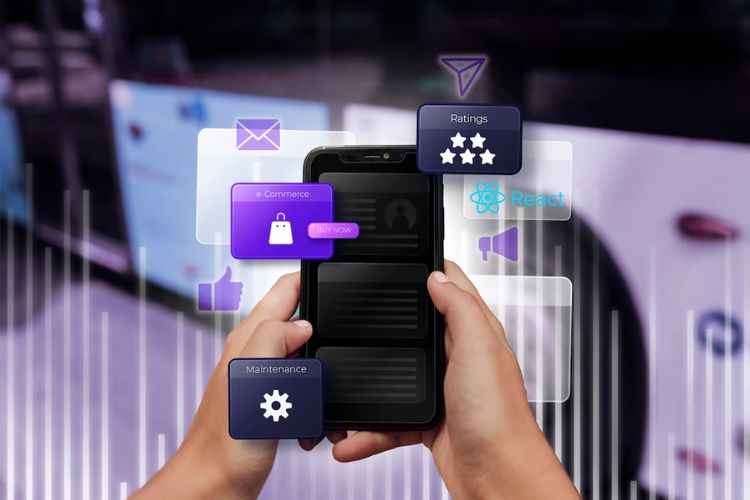
Image source: Pexels.com
In today’s technology world, everything is changing at such a rate that what was a small startup yesterday may be the industry standard today. And the accepted standards today are being revised and changed so quickly that it is necessary to constantly be aware of the changes in order to comply with them.
Now no one is surprised by video conferencing, although a few years ago it seemed that this was a privilege for top managers of large companies, now any ordinary employee can freely use video conferencing to communicate with his colleagues. The videoconferencing industry continues to grow and develop rapidly. So what are the top facts about the rise of videoconferencing?
1. VIDEO CONNECTION ANYWHERE
The days when, in order to reach out-of-town colleagues, you had to pile into a room at the other end of the office equipped with a video terminal to hold a short meeting are long gone. Not so long ago, more time was spent on preparation than on communication itself. Now we have the opportunity to participate in video conferencing not only from meeting rooms and workstations but literally from anywhere, thanks to mobile devices. An interview in a café from a tablet and business negotiations in transport from a phone will soon become commonplace and will save you a lot of time. You will always be in touch, despite all the obstacles. And the industry pays significant attention to mobile platforms, and there are solutions from both small companies offering their applications for mobile. The messengers that add video support to their applications are not far behind. Now you can use Facebook Messenger or Skype, Google Duo, Google Hangouts, Viber or WhatsApp, and this list is constantly growing.
2. VIDEO CONFERENCES IN THE CLOUDS
Now the SaaS (Software as a Service) model is developing more and more when the service provider places everything on its own facilities and provides the user with remote access. It is convenient because the user does not need to purchase equipment for video conferencing, create an infrastructure and have specialised personnel who will monitor all this. It is much easier, especially for small companies, to pay a monthly fee, which will be several times less than the cost of buying and deploying servers for video conferencing, and immediately get a ready-made service with technical support. For example, services from Zoom, Polycom, Cisco Webex are now popular, but there are more and more small companies that are able to present worthy competition to current market participants.
3. GROWTH OF VIDEO TRAFFIC
The percentage of communications using video conferencing is growing steadily every year. The number of users transmitting video traffic is growing, the quality of picture and sound is increasing, and therefore, when designing network infrastructures, one should take into account that video traffic, which is very sensitive to delays and losses, will continue to grow. You also need to adapt to changes and providers – clients will leave if the picture falls apart and the sound disappears during videoconferences. At the same time, there are also video hosts, streaming platforms, online cinemas and other resources, the main content of which is video, and their number continues to grow. In this regard, vendors are developing equipment that is specifically designed for processing and transmitting video – such, for example, is the line of ISR (Integrated Services Router) from Cisco, the architecture of which offers multimedia unified communications services, making it possible to design a network ready for growth.
4. UNIFICATION AND INTEGRATION
Agree how convenient it would be if we could carry out all communications from one application, audio and video calls, send e-mail to the client, share the screen image, discuss a new project in a chat with colleagues, and so that all this would still be in CRM. Now everything strives to ensure that either the applications immediately include all the necessary functions, or that all the individual parts are seamlessly integrated, and the end-user has the impression of a single ecosystem, without having to jump between five different applications and five others if the need arose to work remotely from a mobile device. The more technology develops, the more attention is paid to user experience. Now we can highlight the Cisco Webex solution, which allows you to make video and audio calls, conferences, chats and has the ability to integrate with a large number of applications such as Google Drive, Box, Slack, Twitter, Trello, Google Calendar, Microsoft SharePoint and others. Or a Polycom solution that provides audio and video conferencing and integrates with Microsoft 356 and Skype For Business. So far, all this does not work entirely seamlessly and there is not so many services’ integration, so developers have much to strive for, and there is room for new players on the market.
5. VIDEO CONFERENCING IN DIFFERENT SPHERES OF LIFE
Education
Video conferencing takes distance education to a new level, as close as possible to full-time education. The teacher can not only give lectures but also show additional materials that illustrate it. Students, in turn, will have the opportunity to ask questions about the material covered. In addition, video conferencing is very convenient for remote training of personnel, since a specialist does not have to visit a new group of trainees every time.
Technical support
Video conferencing can also greatly facilitate the work of technical support workers: in cases where you have to go to an office on the other side of the city just to press a couple of buttons, video conferencing can be simply irreplaceable in order to save the employee from unnecessary travel. This method of communication is also good if you need to quickly diagnose a problem, and the mechanism for showing and controlling the remote desktop will help eliminate it.
Telemedicine
The videoconference format allows for interactive consultations between medical centres, discussing clinical cases and providing assistance in diagnosing patients. This opportunity is especially valuable for remote medical centres.
Conclusion
Not so long ago, video conferencing was an image attribute of large companies or a toy for the most enthusiastic. Now, the advancement of technology has led to the emergence of solutions that not only pay off but also help save time and money. Make sure to use it right.



















































